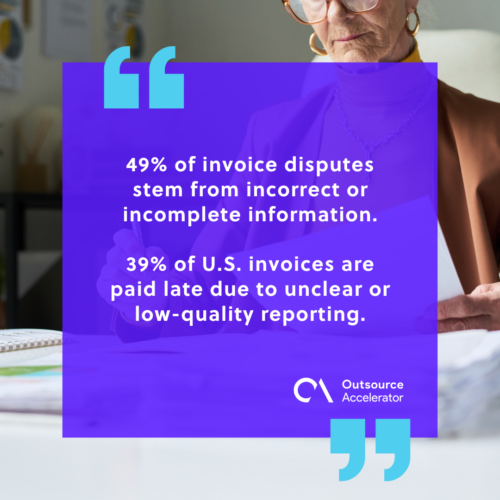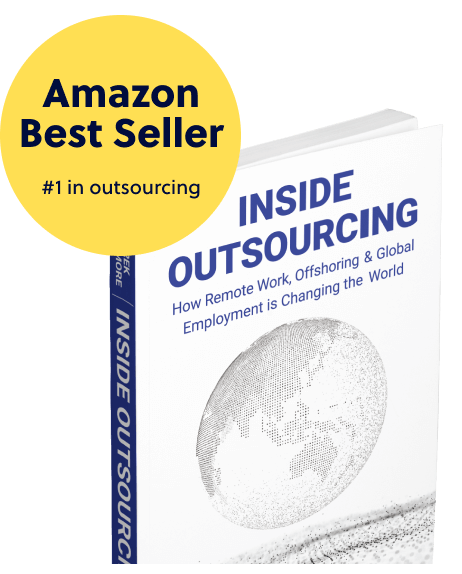Time tracking best practices: How smart agencies improve accuracy, billing, and client trust
If you’re still treating time tracking like a manual chore, you’ve already lost the battle for modern agency productivity. Agencies aren’t just competing on creativity anymore—they’re competing on how well they run: their agency productivity, their ability to forecast capacity, and their resilience against agency burnout.
And that all starts with better time tracking.
The latest Hubstaff report, More Profit, Less Burnout: How Smart Agencies Scale, reveals a truth many leaders suspect but rarely quantify: agencies lose 21–22% of billable hours when relying on manual or late timesheets.
That translates to $51,000–$64,000 lost per billable employee every year—all from time that should have been captured but wasn’t.
Smart agencies aren’t just tracking time—they’re using it as a lever for accuracy, profitability, and trust. Here’s how.
Why time tracking matters for modern agencies
Most agencies think of time tracking as a chore, a compliance box to tick. But in high-performing teams, it’s a core operational system that fuels everything from project accuracy to cash flow.
Here’s why the best-run agencies take it seriously:
1. Time tracking protects revenue you’re already earning
If it’s not tracked, it’s not billable. The Hubstaff report shows that one in five billable hours disappears when teams delay or guess their entries. For a 25-person team, this can equal over $430,000 in lost revenue per year.
Time tracking isn’t about micromanagement—it’s about reclaiming money your agency is already working for.
2. It prevents burnout by making workloads visible
It’s nearly impossible to prevent agency burnout if you can’t see who’s slammed and who has capacity. Time tracking gives a real-time view into utilization, helping leaders rebalance workloads before people hit 60-hour weeks or start slipping deadlines.
Hubstaff’s data recommends targeting 75–80% utilization for sustainable agency productivity—enough to stay profitable without stretching people to their limits.
3. Clients expect transparency
Today’s clients want speed, clarity, and a window into progress. Clean time data allows agencies to send client-ready reports that justify retainers, avoid scope creep, and reinforce trust.
Smart agencies use time tracking not only to work better—but to communicate better.
Core principles of accurate and efficient time tracking
Effective time tracking isn’t about getting people to log more—it’s about designing a workflow that makes accuracy easy and inconsistency impossible to ignore.
Based on the Hubstaff report, here are the principles that separate high-performing agencies from chaotic ones.
A. Track time daily, not retrospectively
Tracking time at the end of the day — or worse, at the end of the week — leads to guesswork and lost billables.
“Friday timesheets” are the greatest fiction in agency history. Humans simply can’t remember their week in detail—it’s why up to 22% of hours evaporate.
Smart agencies promote a simple daily habit: Submit your time every day. Tools help by sending reminders at set times (e.g., 4 p.m. local).
B. Require project and task specificity
Generalized entries like “client work” or “admin” make reporting almost useless. Specificity allows teams to see where hours are actually going — by project, phase, and task — which improves both planning and client transparency.
The best agencies require team members to log time to:
- a specific client
- a specific project
- a specific task
- with a short note for context
This small friction point prevents agencies from flying blind and makes profitability analysis possible. This is especially true on retainers and fixed-fee work, where over-servicing often hides until it’s too late.
C. Use automation to prevent inaccuracies
Automation removes human error from the process without adding complexity.
The report highlights simple safeguards like idle timeout, which pauses the timer after 5–10 minutes of inactivity. It then prompts the user to keep or discard the time, preventing accidental over-billing and cleanup later.
Daily submit reminders ensure consistency without managers chasing people, and required notes make reports self-evident for clients. When automation handles the guardrails, teams stay accurate without thinking about it, and tracking becomes part of the workflow instead of an afterthought.
D. Keep categories simple
Too many categories lead to confusion, skipped entries, and inconsistent tagging across the team.
The Hubstaff report recommends keeping naming conventions clean and using just one catch-all: “Non-billable – Internal” to avoid messy filtering later.
Simple structures make time tracking faster, which increases compliance and accuracy, especially in growing agencies with new hires and contractors.
When teams don’t have to guess where time belongs, they’re more likely to track it consistently, and leaders get cleaner data they can trust for forecasting and utilization planning.
Turning time data into better billing, forecasting, and client communication
Once your agency collects accurate data, it becomes a powerful engine for better decisions—and better profitability.
A. Cleaner billing and fewer disputes
Time tracking links directly to revenue. Unbilled hours stall cash flow, and inaccurate invoices fuel client disputes. In fact:
- 49% of invoice disputes stem from incorrect or incomplete information.
- 39% of U.S. invoices are paid late due to unclear or low-quality reporting.
Agencies that develop a billing rhythm—reviewing unbilled hours weekly and sending well-annotated invoices—get paid faster and maintain trust.

B. Better forecasting and capacity planning
Historical time logs reveal patterns: how long certain tasks actually take, which roles are overloaded, and when contractor support is needed.
The Hubstaff report recommends:
- Reviewing billable utilization weekly
- Maintaining a 15–25% contractor buffer for peak periods
- Using 3–6 months of data to forecast future demand
This reduces last-minute chaos, blown budgets, and burnout-inducing overtime.
C. Clearer, more confident client updates
Clients love visibility. Weekly client-facing time summaries show:
- What was delivered
- How long it took
- Whether the project is on track
- What’s coming next
Instead of “where are we?” emails, you get faster approvals and smoother workflows.
Time data makes your agency look organized, transparent, and in control.
How to build a culture that supports consistent time tracking
The hardest part of time tracking isn’t the technology—it’s the culture. Agencies that master it build norms and expectations around consistency, just like submitting expenses or attending standups.
1. Make time tracking a shared expectation, not a punishment
Zippia found that a significant majority—59% of the workforce—experiences anxiety when subject to workplace monitoring.
If time tracking is positioned as surveillance, people will resist it (quietly or openly). They embrace it when they understand that:
- It protects them from being overworked
- It helps scope projects realistically
- It ensures they’re credited for all the work they do
Communicate the “why,” not just the “what.”
The report emphasizes that when agencies capture accurate time daily, managers don’t need to chase people, and projects run more smoothly with fewer emergency overtime situations.
2. Lead by example
Nothing kills a tracking culture faster than leaders who don’t track their own time. If leaders don’t track their time, no one will.
When managers and department heads submit time consistently, it signals that the system applies to everyone, not just junior staff.
The Hubstaff report notes that healthy agency rhythms start at the leadership level, where habits replace heroics and last-minute scrambling. When leaders model the behavior, resistance drops, and tracking becomes part of the team’s identity rather than an imposed rule.
3. Review time data weekly—not monthly
Monthly reviews are too slow. By the time a problem appears, burnout has already happened and budgets are already blown.
Weekly touchpoints—like Hubstaff’s 30-minute “ops scorecard”—let teams:
- Spot over-servicing early
- Adjust priorities
- Rebalance workloads
- Prevent burnout
- Keep projects profitable
This prevents the cycle of quiet overload and keeps agency productivity steady without emergency measures.

4. Connect time tracking to outcomes, not blame
People are more willing to track time when they see the payoff — not the penalty. Show how accurate time tracking leads to fewer scope disputes, cleaner invoices, and fewer after-hours fire drills.
The Hubstaff report highlights that when agencies close the cash loop consistently, disputes drop below 5%. Furthermore, unbilled backlog stays under 10%, reducing stress across delivery and finance teams.
When tracking is tied to better project flow and less chaos — not finger-pointing — it becomes something people want to do, not something they fear.
Smarter time tracking as a competitive advantage
When done right, time tracking becomes a strategic advantage.
Agencies that build disciplined, transparent, and automated time tracking systems enjoy:
- Higher profitability (because every billable hour is captured)
- Healthier teams (because workloads are visible and manageable)
- Stronger client trust (because updates are clear and consistent)
- Better forecasting (because historical data is reliable)
- Reduced agency burnout (because no one is operating in the dark)
Time tracking isn’t busywork—it’s operational intelligence. It transforms how agencies plan, communicate, and grow.
Smart agencies aren’t just tracking time—they’re using time to work smarter, stay profitable, and build sustainable teams.
Ready to unpack those insights further? Download Hubstaff’s kit for time tracking and agency productivity now.








 Independent
Independent




